Uses
Industry
In industry, EDTA is mainly used to sequester metal ions in aqueous solution. In the textile industry, it prevents metal ion impurities from modifying colours of dyed products. In the pulp and paper industry, EDTA inhibits the ability of metal ions, especially Mn2+, from catalysing the disproportionation of hydrogen peroxide, which is used in chlorine-free bleaching. In a similar manner, EDTA is added to some food as a preservative or stabiliser to prevent catalytic oxidative decolouration, which is catalysed by metal ions. In soft drinks containing ascorbic acid and sodium benzoate, EDTA mitigates formation of benzene (a carcinogen).
The reduction of water hardness in laundry applications and the dissolution of scale in boilers both rely on EDTA and related complexants to bind Ca2+, Mg2+, as well as other metal ions. Once bound to EDTA, these metal centres tend not to form precipitates or to interfere with the action of the soaps and detergents. For similar reasons, cleaning solutions often contain EDTA. In a similar manner EDTA is used in the cement industry for the determination of free lime and free magnesia in cement and clinkers.
The solubilisation of Fe3+ ions at or below near neutral pH can be accomplished using EDTA. This property is useful in agriculture including hydroponics. However, given the pH dependence of ligand formation, EDTA is not helpful for improving iron solubility in above neutral soils. Otherwise, at near-neutral pH and above, iron(III) forms insoluble salts, which are less bioavailable to susceptible plant species. Aqueous [Fe(EDTA)]− is used for removing (“scrubbing”) hydrogen sulfide from gas streams. This conversion is achieved by oxidising the hydrogen sulfide to elemental sulfur, which is non-volatile:
In this application, the iron(III) centre is reduced to its iron(II) derivative, which can then be reoxidised by air. In similar manner, nitrogen oxides are removed from gas streams using [Fe(edta)]2−. The oxidising properties of [Fe(edta)]− are also exploited in photography, where it is used to solubilise silver particles.
EDTA was used in separation of the lanthanide metals by ion-exchange chromatography. Perfected by F. H. Spedding et al. in 1954,[citation needed] the method relies on the steady increase in stability constant of the lanthanide EDTA complexes with atomic number. Using sulfonated polystyrene beads and Cu2+ as a retaining ion, EDTA causes the lanthanides to migrate down the column of resin while separating into bands of pure lanthanides. The lanthanides elute in order of decreasing atomic number. Due to the expense of this method, relative to countercurrent solvent extraction, ion exchange is now used only to obtain the highest purities of lanthanides (typically greater than 99.99%).[citation needed]
Medicine
A specific salt of EDTA, known as sodium calcium edetate, is used to bind metal ions in the practice of chelation therapy, such as for treating mercury and lead poisoning. It is used in a similar manner to remove excess iron from the body. This therapy is used to treat the complication of repeated blood transfusions, as would be applied to treat thalassaemia.
Dentists and endodontists use EDTA solutions to remove inorganic debris (smear layer) and lubricate the root canals in endodontics. This procedure helps prepare root canals for obturation. Furthermore, EDTA solutions with the addition of a surfactant loosen up calcifications inside a root canal and allow instrumentation (canal shaping) and facilitate apical advancement of a file in a tight or calcified root canal towards the apex.
It serves as a preservative (usually to enhance the action of another preservative such as benzalkonium chloride or thiomersal) in ocular preparations and eyedrops.
In evaluating kidney function, the chromium(III) complex [Cr(edta)]− (as radioactive chromium-51 (51Cr)) is administered intravenously and its filtration into the urine is monitored. This method is useful for evaluating glomerular filtration rate (GFR) in nuclear medicine.
EDTA is used extensively in the analysis of blood. It is an anticoagulant for blood samples for CBC/FBCs, where the EDTA chelates the calcium present in the blood specimen, arresting the coagulation process and preserving blood cell morphology. Tubes containing EDTA are marked with lavender or pink tops. EDTA is also in tan top tubes for lead testing and can be used in royal blue top tubes for trace metal testing.
EDTA is a slime dispersant, and has been found to be highly effective in reducing bacterial growth during implantation of intraocular lenses (IOLs).
Alternative medicine
Some alternative practitioners believe EDTA acts as an antioxidant, preventing free radicals from injuring blood vessel walls, therefore reducing atherosclerosis.[citation needed] These ideas are unsupported by scientific studies, and seem to contradict some currently accepted principles. The U.S. FDA has not approved it for the treatment of atherosclerosis.
Cosmetics
In shampoos, cleaners, and other personal care products, EDTA salts are used as a sequestering agent to improve their stability in air.
Laboratory applications
In the laboratory, EDTA is widely used for scavenging metal ions: In biochemistry and molecular biology, ion depletion is commonly used to deactivate metal-dependent enzymes, either as an assay for their reactivity or to suppress damage to DNA, proteins, and polysaccharides. EDTA also acts as a selective inhibitor against dNTP hydrolyzing enzymes (Taq polymerase, dUTPase, MutT), liver arginase and horseradish peroxidase independently of metal ion chelation. These findings urge the rethinking of the utilisation of EDTA as a biochemically inactive metal ion scavenger in enzymatic experiments. In analytical chemistry, EDTA is used in complexometric titrations and analysis of water hardness or as a masking agent to sequester metal ions that would interfere with the analyses.
EDTA finds many specialised uses in the biomedical labs, such as in veterinary ophthalmology as an anticollagenase to prevent the worsening of corneal ulcers in animals. In tissue culture EDTA is used as a chelating agent that binds to calcium and prevents joining of cadherins between cells, preventing clumping of cells grown in liquid suspension, or detaching adherent cells for passaging. In histopathology, EDTA can be used as a decalcifying agent making it possible to cut sections using a microtome once the tissue sample is demineralised. EDTA is also known to inhibit a range of metallopeptidases, the method of inhibition occurs via the chelation of the metal ion required for catalytic activity. EDTA can also be used to test for bioavailability of heavy metals in sediments. However, it may influence the bioavailability of metals in solution, which may pose concerns regarding its effects in the environment, especially given its widespread uses and applications.




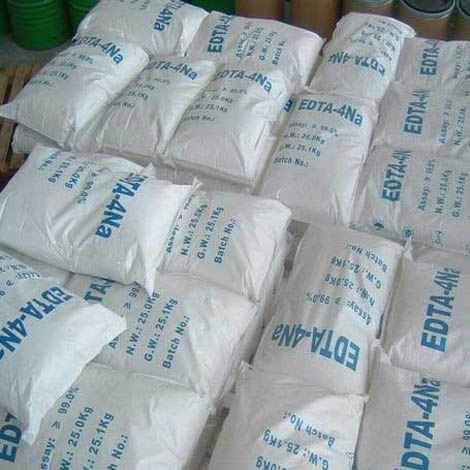
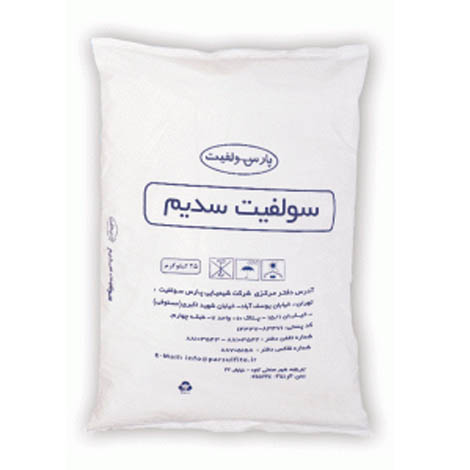
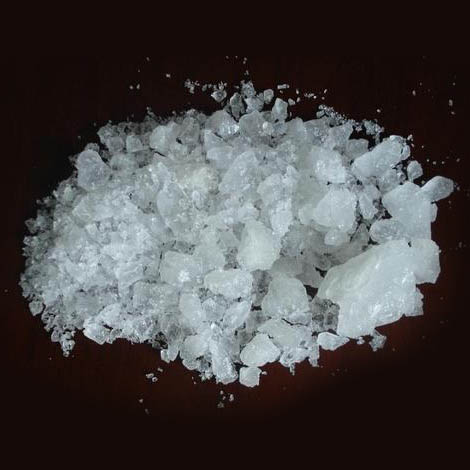
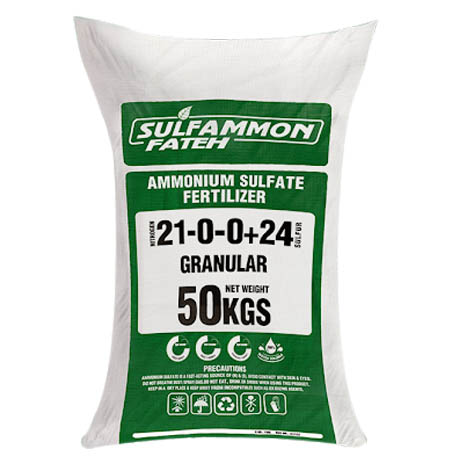

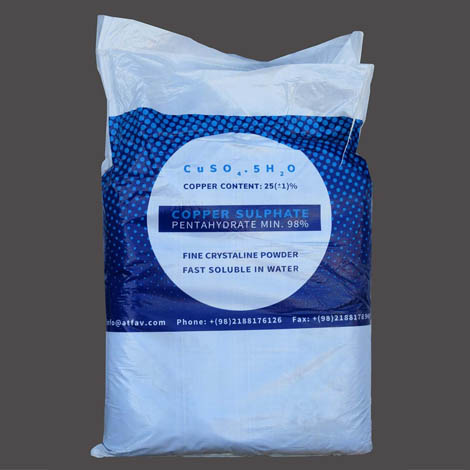
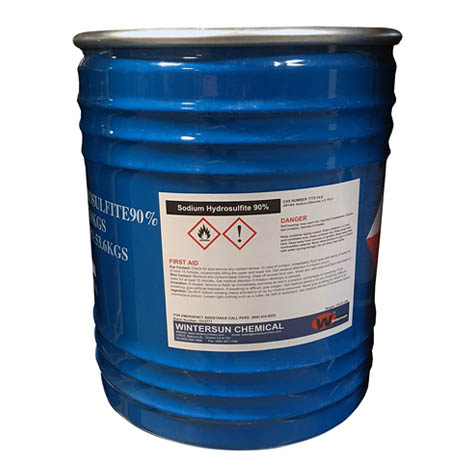
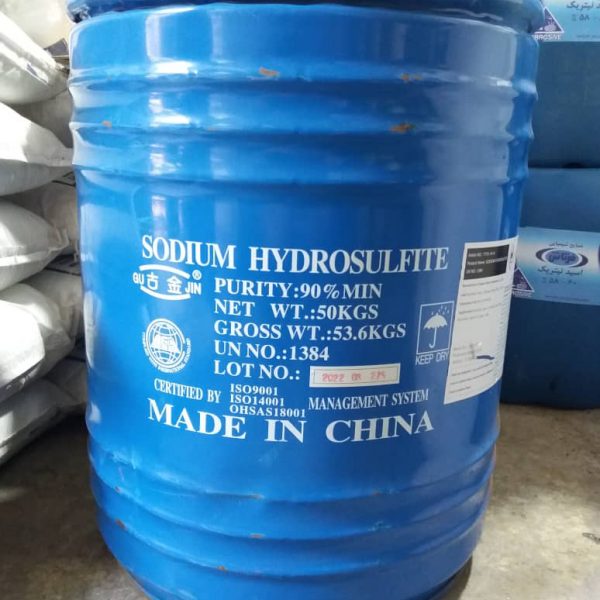
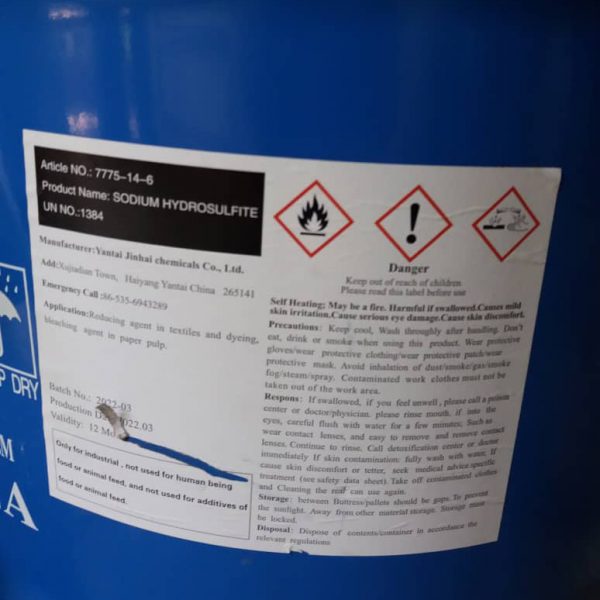
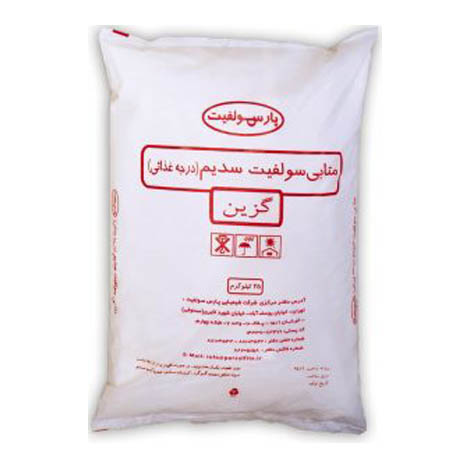
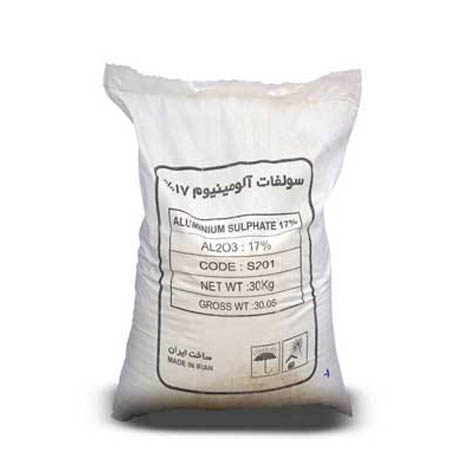


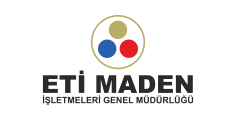
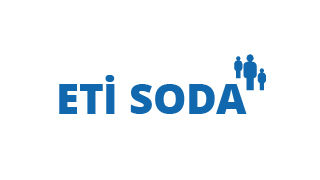



Reviews
There are no reviews yet.